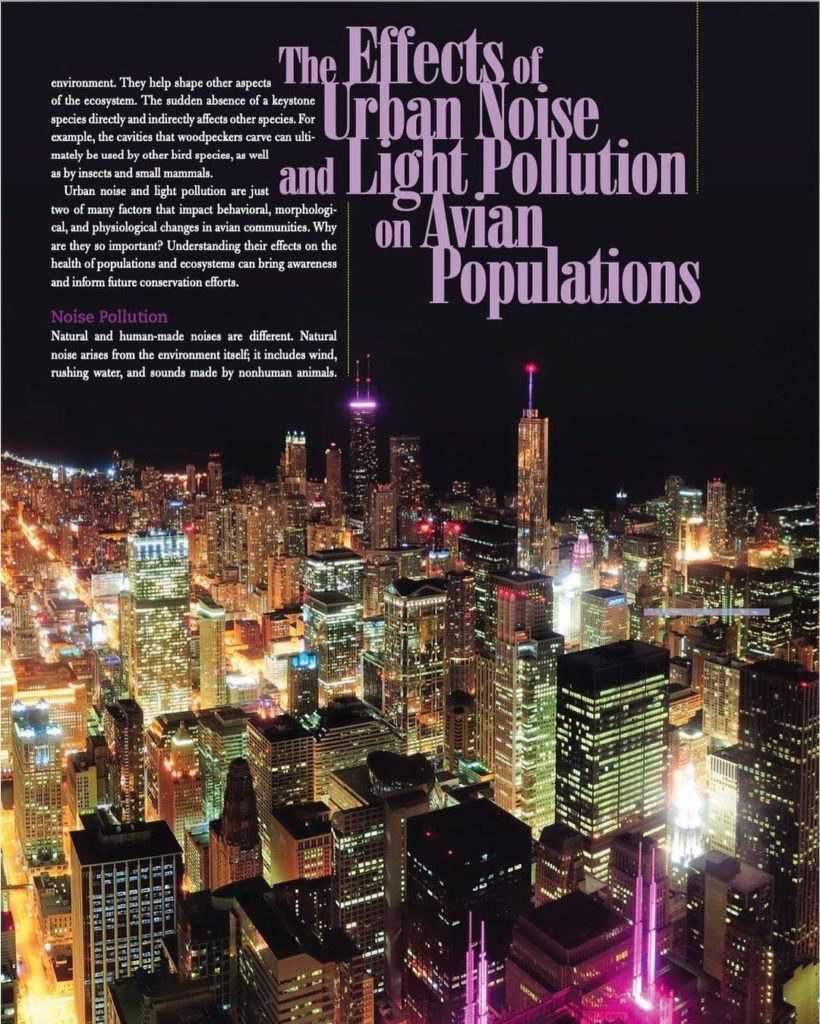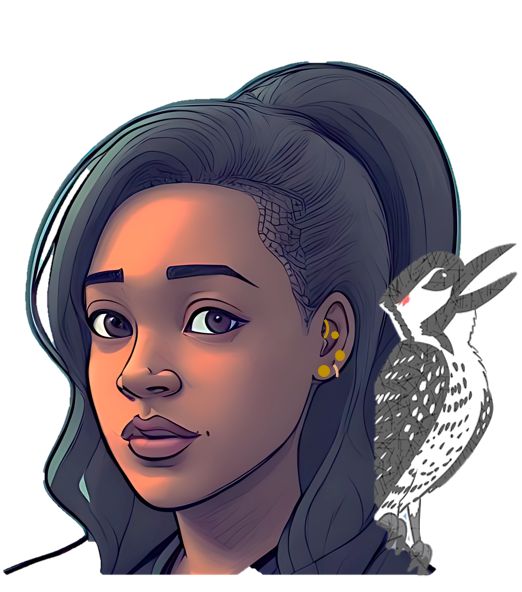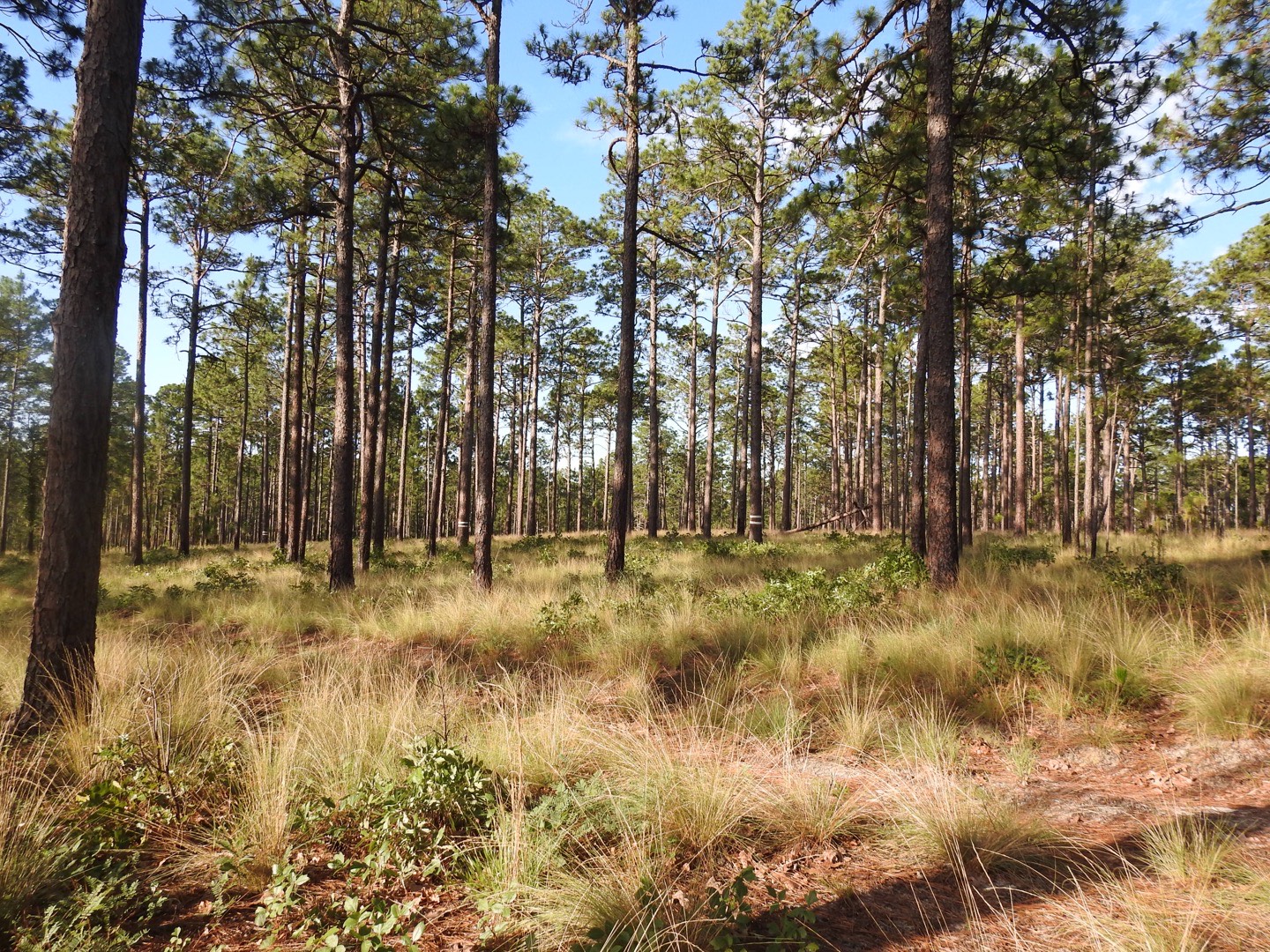
-
Save
Exponential increases in anthropogenic noise and night lighting have accompanied growth of the built environment. Noise and night lighting cause negative consequences for birds, such as disrupted navigation, collisions with windows and other infrastructure, and reduced reproductive success, as well as some positive consequences, such as expanded night niches for behaviors associated with feeding, territoriality, and mating.
Rapid anthropogenic changes in noise and night lighting alter evolutionarily stable sensory environments. Avian species respond to artificial light and anthropogenic noise in a variety of ways that can affect reproduction, nestling growth and development, individual health (i.e., body condition), communication, foraging behavior, sleep, and migration.
We carried out an exploratory study to examine variation in adult survival rates of seven avian species in relation to noise and light pollution. We used 20 years of band-resight data collected as a part of the Neighborhood Nestwatch Program (NN), a citizen science project run by the Smithsonian Migratory Bird Center, at 242 sites in greater Washington, D.C. USA. We estimated apparent survival with occupancy analyses and documented species-specific relationships with light and noise.
Masters Committee: Caren Cooper (NCSU), Christopher Moorman (NCSU), Olivia Petritiz (NCSU) & Margaret Voss (SU)
Partners: Smithsonian Migratory Bird Center
Funding: North Carolina Wildlife Federation; Alongside Wildlife Foundation
Publications:
- Pharr, L.D., Cooper, C.B., Evans, B., Moorman, C.E. Voss, Margaret; Vukomanovic, J., Marra, P. 2023. “Using Citizen Science Data to Investigate Annual Survival Rates of Resident Birds in Relation to Noise and Light Pollution”, Urban Ecosystems

